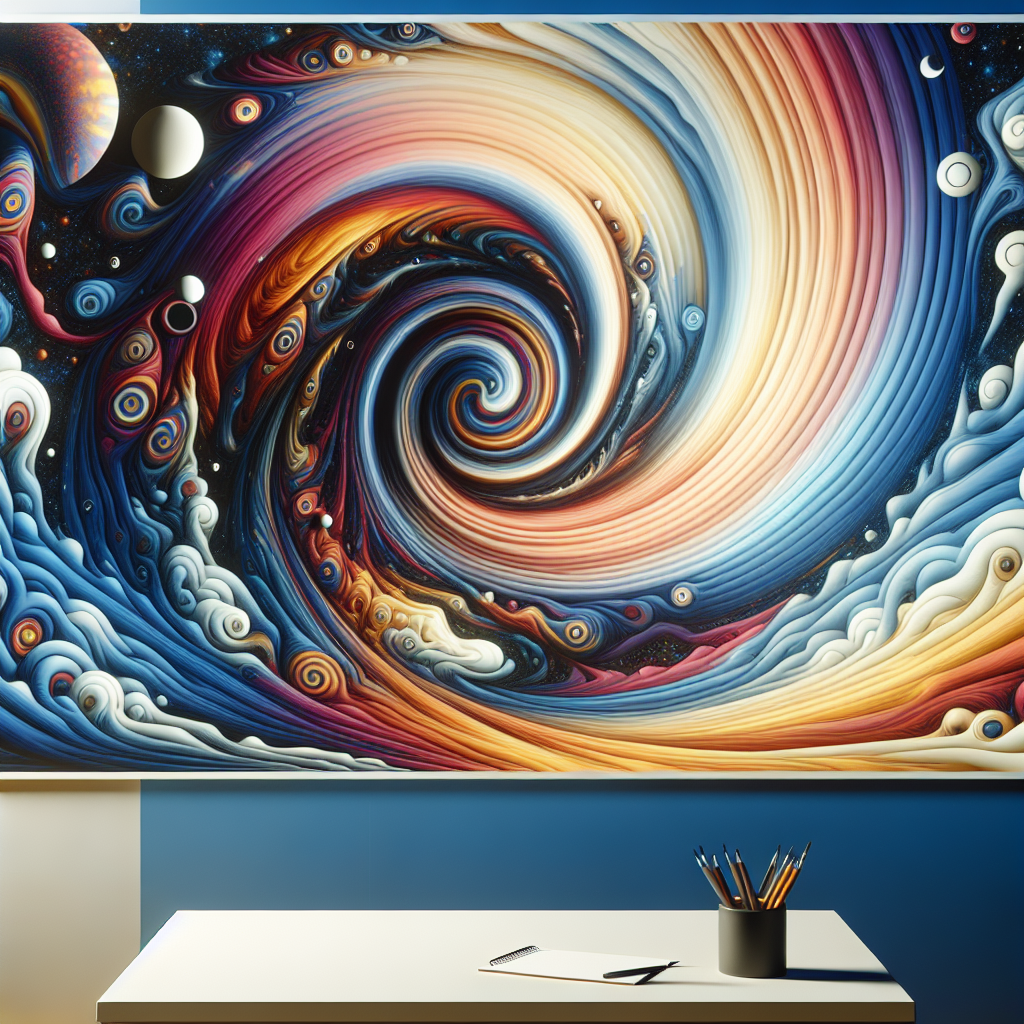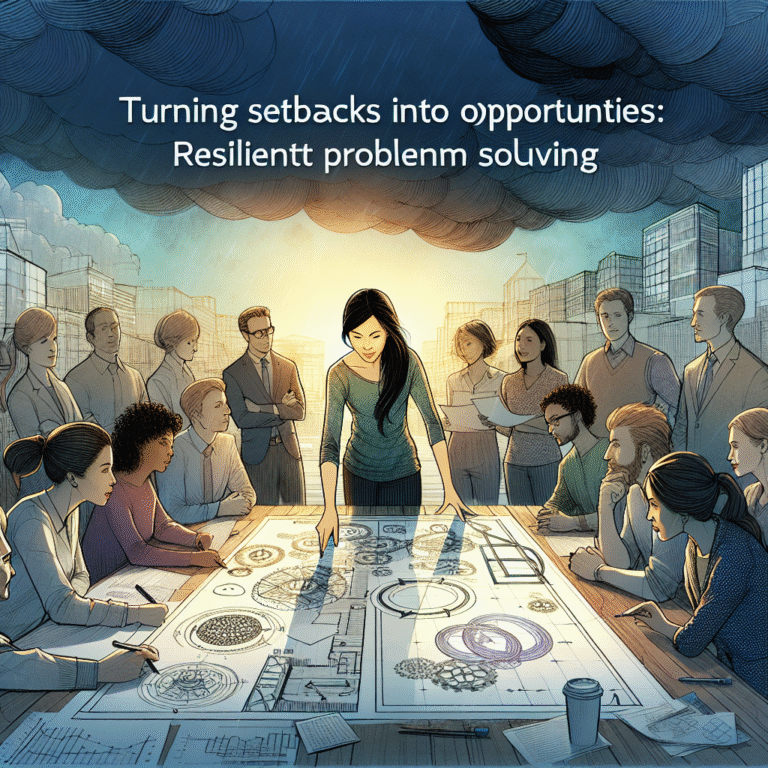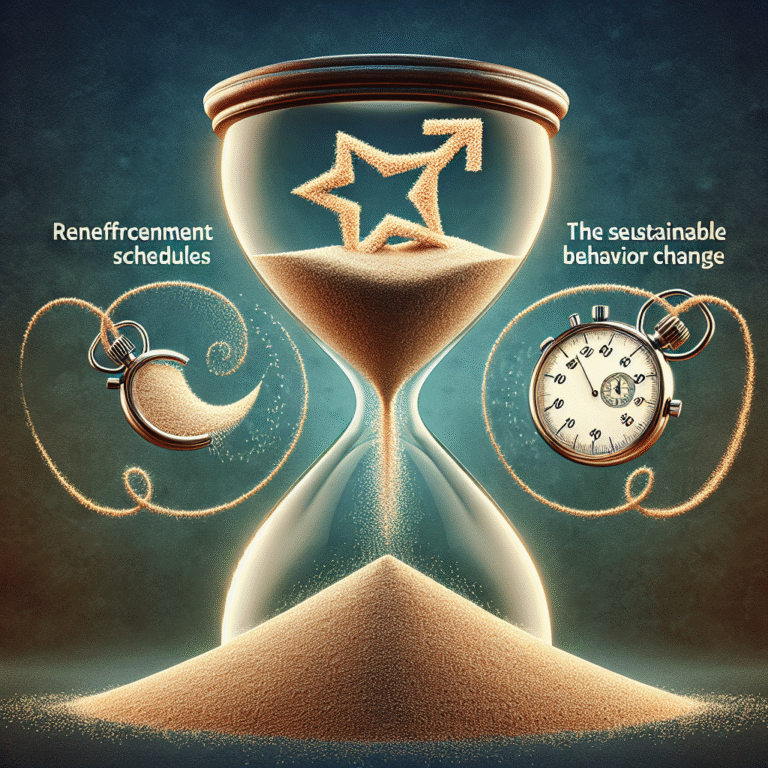
Introduction
Imagine walking through a gallery filled with paintings that look breathtakingly real, only to find out they are mere optical illusions. Welcome to the fascinating world of perceptual illusions, where reality can twist, bend, and distort, leaving us questioning what we truly see. Understanding these illusions isn’t just for artists or scientists; it’s essential for everyone. In a world increasingly influenced by visual stimuli, grasping how reality can be altered and perceived differently can enhance our daily experiences, critical thinking, and decision-making.
In this comprehensive guide, When Reality Twists: Unraveling Perceptual Illusions, we will dive deep into the mechanics of perception, explore intriguing case studies, and discover how illusions affect our lives.
The Science of Perception
What Are Perceptual Illusions?
Perceptual illusions occur when our sensory information is misinterpreted by the brain. The brain takes shortcuts based on past experiences and contextual clues, which can lead to errors in perception. These brain "hacks" allow us to navigate the world, but they can also distort our true understanding of reality.
Types of Perceptual Illusions
Optical Illusions: These involve visual perceptions that differ from reality. A classic example is the Müller-Lyer illusion, where lines of the same length appear different due to arrow-like tails.
Auditory Illusions: Our hearing can also be deceived. The Shepard Tone, for instance, creates an auditory illusion of a continuously ascending pitch, while the sound remains constant.
- Tactile Illusions: These illusions can trick our sense of touch. The rubber hand experiment is famous for demonstrating how a person can feel a fake hand as their own when it’s stroked simultaneously with their real hand.
Case Study: The Müller-Lyer Illusion
Analysis
The Müller-Lyer illusion demonstrates how contextual cues drastically affect our visual perception. In psychological studies, participants consistently misjudge the lengths of lines presented with arrow tails. This illusion helps researchers understand the brain’s reliance on visual context, illustrating the complex interplay between perception and reality.
The Relevance
Understanding visual illusions like the Müller-Lyer can aid various fields—from architecture to virtual reality design—ensuring that perceived dimensions align with intended designs.
The Importance of Context in Perception
How Context Influences Reality
Our sensory organs work in tandem with the brain to interpret stimuli, but this process is heavily influenced by context. For instance, the same color can appear different against various backgrounds, altering our perception of reality.
The Role of Expectation
Expectation plays a fundamental role in perception. The Gestalt principles illustrate how our brains group and simplify visual information based on prior knowledge and expectations.
Case Study: The Checker Shadow Illusion
The Checker Shadow illusion famously depicts a checkerboard pattern with a shadow that makes two squares appear different colors, although they are actually the same. This illusion highlights how surrounding elements influence our perceptual reality, often leading us astray.
Relevance
Recognizing the role of context in perception can improve communication, marketing strategies, and even education, by tailoring messages that align with audience expectations.
Applications of Perceptual Illusions
In Art and Design
Artists and designers often leverage perceptual illusions to evoke emotions or challenge viewers’ understanding of space and form. Think of works by artists like M.C. Escher, whose creations bend spatial realities, prompting viewers to rethink their visual observations.
In Psychology
Psychologists study these illusions to better understand human cognition—the discrepancies between how we perceive reality and how it actually is can inform treatments for disorders such as anxiety or schizophrenia.
In Marketing
Marketers utilize perceptual illusions to capture consumer attention. Packaging designs often employ tricks to make products appear larger or more valuable, playing into the consumers’ perception of worth.
Exploring the Mechanisms of Illusions
How the Brain Processes Visual Information
The human brain processes millions of bits of information per second, making it incredibly efficient yet susceptible to errors. The visual cortex interprets shapes, colors, and movement, oftentimes relying on heuristics or mental shortcuts which can lead to perceptual illusions.
Neural Basis of Perception
Different areas of the brain contribute to various aspects of perception:
- The occipital lobe is crucial for visual processing.
- The parietal lobe assists in spatial awareness.
- The temporal lobe is tied to recognizing objects and faces.
The Role of Visual Cues
Visual cues—like shading, edges, and colors—are interpreted through these neural pathways. However, cues can be misleading, resulting in distorted interpretations.
Philosophical Implications of Perceptual Illusions
What They Teach Us About Reality
Perceptual illusions reveal profound philosophical questions about the nature of reality. Is our perception an accurate reflection of the world, or is it simply a construction of the mind?
The brain in a vat thought experiment challenges us to consider that our perceived reality could be an illusion, manipulated by external influences, perhaps even technology.
Case Study: The “Brain in a Vat”
This philosophical idea posits that if a brain could be stimulated by a computer to create experiences indistinguishable from reality, how could one ever truly know what is real? The implications of this idea touch on epistemology and metaphysics, challenging our understanding of knowledge and existence.
Relevance
The philosophical implications of perceptual illusions can provoke discussion in various fields, from AI ethics to the nature of consciousness, encouraging critical thinking about what constitutes reality.
Conclusion
When reality twists, our understanding of perception becomes a playground of intrigue and fascination. When Reality Twists: Unraveling Perceptual Illusions unfolds a complex interplay between the senses and our interpretations of the world around us. By studying perceptual illusions, we gain insights not only into the workings of the brain but also into the broader human experience.
As we confront the illusions in our daily lives, be they visual, auditory, or philosophical, we equip ourselves with the tools necessary for critical thinking. Embracing these illusions can help us foster creativity, enhance our decision-making processes, and deepen our understanding of the human condition. Embrace the challenge of questioning your perceptions—because when reality twists, the possibilities for understanding expand exponentially.
FAQs
1. What causes a perceptual illusion?
Perceptual illusions occur due to misinterpretations by the brain, often influenced by visual context, prior experiences, and sensory input.
2. How can understanding perceptual illusions benefit me in daily life?
Grasping how perception works can enhance critical thinking, decision-making, and even improve communication.
3. Are all perceptual illusions harmful?
No, perceptual illusions are typically harmless. They often provide insights into the workings of our brain and can even be entertaining or enlightening.
4. Can perceptual illusions be used in therapy?
Yes, therapists can use perceptual illusions to explore cognitive processes and improve understanding in patients with perceptual disorders.
5. Are perceptual illusions the same for everyone?
While there might be commonalities in how people perceive illusions, individual experiences, cultural background, and context can lead to variations in perception.
This exploration into When Reality Twists: Unraveling Perceptual Illusions reinforces the importance of questioning our perceptions. Understanding the mechanisms and implications of these illusions can open new pathways for innovation, creativity, and knowledge, illuminating the often intricate relationship between human experiences and reality.














